This is the second blog from our guest writer John Bissell. His previous blog is here.
Hi folks,
I hope this next blog finds you all safe and well. So much has changed since my first blog. Isn’t it great to know that the mountains and all our taonga have not changed and will be there waiting for us when this is over. Time to make a start on the big four as discussed in the last blog.
Selecting the right trap
There are so many different traps available and there are some key things to consider when selecting the type of trap you want to use:
- Is the trap tested and approved for humane use on the animal species you are targeting? If using it on DOC managed land, it needs to meet the humane standards for that species (NAWAC).
- Is the trap safe to use around the other animals (non-target species) in your area? This could be natives (like weka), pets and children.
- Is the trap easy for a predator to enter and be caught/ killed by it (trapability)?
- How easy is it to use and operate safely?
There is one other important thing I want to touch on is the overall effectiveness of your chosen or proposed trap.
The more an animal has to do to get caught or killed, the less effective a trap will be.
This is such an important point and is also a fundamental truth of trapping.
One of the most effective traps is the leg hold trap*. Why? Because the leg hold trap doesn’t require the animal to interact directly with the trap. They simply investigate the lure in their natural environment and walk over the trap. They do not have to put their head into something, find an entrance way, bite on something or do anything that may give them reason to stop and think “hold on – I am not sure if I like this”. The way you set your leg hold trap though can make a ton of difference. This is just an example and remember that in many places using leg holds is not appropriate or the best/ safest option.
In my last article I talked about the importance of knowledge, care and attention. Make no mistake; trapping predators with sharp pointy teeth is some of the most challenging work you will ever do. They are super cautious and cunning.
A trap that captures an animal by allowing it to simply walk onto a plate to investigate something will often catch WAY more effectively than a trap where the animal has to bite the bait and give it a good tug or stick its head in to something.
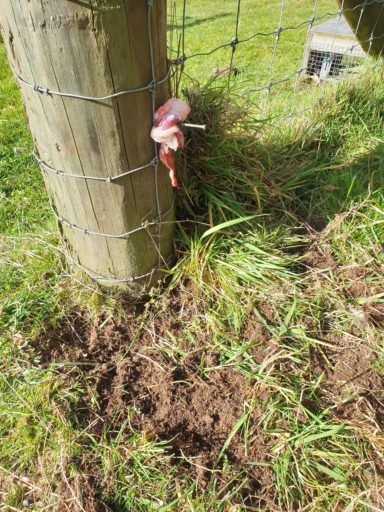
I spoke to a trapper down south a few years back. He was targeting feral cats to protect ground nesting river birds. His observation was that he could trap an area using two types of trap and trap till he stopped catching cats.
If he went back in with another type, he would catch some more in the same area. The reality is that if you are chasing zero or near zero you will sometimes need to use more than one method or trap type. Remember moving the goal posts?
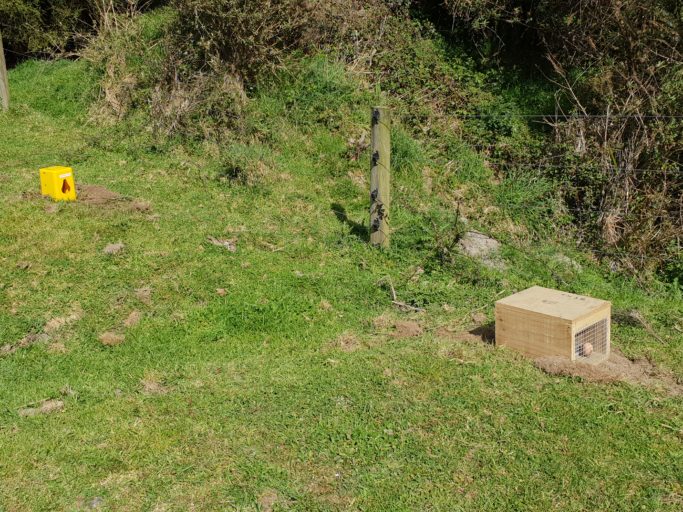
Does that mean Timms traps are bad (for example)? Absolutely not. I use them a lot and they work well. It depends if you are suppressing a population or chasing zero. There is a very, very big difference. Timms traps are user friendly, cost effective and do a good job. The reality is, if you are targeting zero or near zero you will sometimes need to use more than one method or trap type.
My observation is that there will always be a percentage of a population that will not enter a certain type of trap. Changing your trap type and lure can help catch those individuals. Remember the phrase I introduced to you last article? Chasing Zero! This is the first way we can help to empty the bucket better.
On several projects I work on we have done a pulse of different trapping through areas that have been historically trapped by conventional kill traps and we have immediately caught animals.
On a significant number of occasions, I have caught predators in different traps right next to a standard trap. This does not mean that the people trapping are doing anything wrong, it just shows that there will always be animals within a population that will not enter certain sorts of traps.
If you really want to learn about how predators interact with traps, then trail cameras are gold. So many times I have seen predators stick their head into the entrance of a trap for a look and then walk away. When you see this it really makes you think more about the finer details of how you present your traps, lures etc.
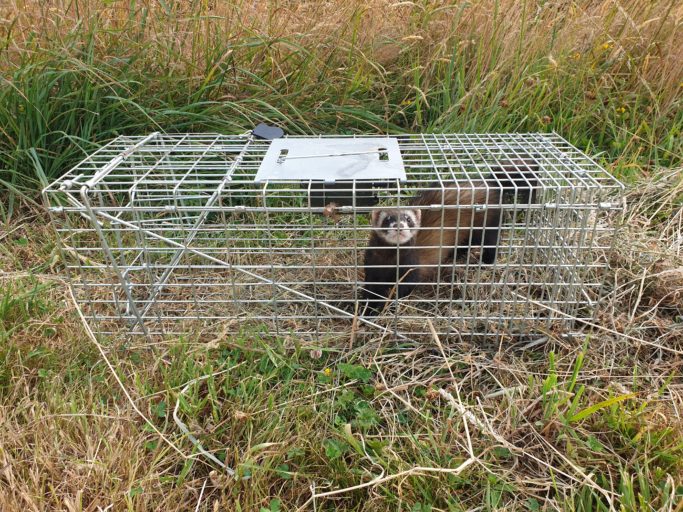
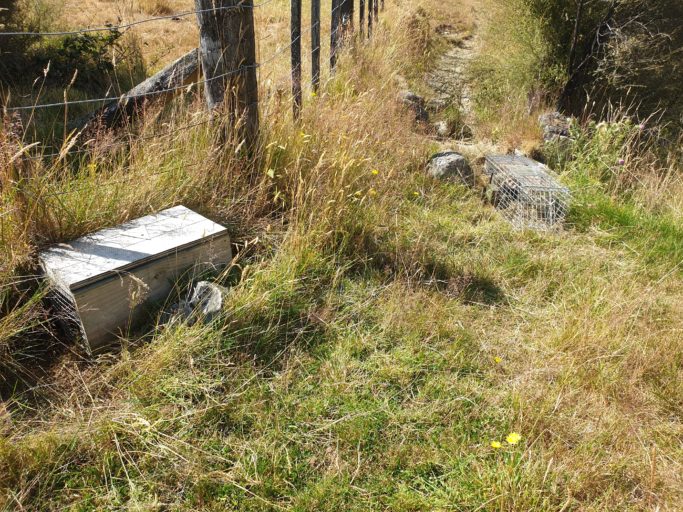
One of my favourite sayings comes from Craig Gillies from DOC, a man who knows an awful lot about introduced predators. He talks about an experienced person saying to him once that “it is the ones we don’t catch that teach us the most”. He is so right.
Let’s have a chat about results. As with the saying from Craig, a similar theme is that it is not what we catch that makes the difference, but the ones we leave behind. What does that mean? Well rats are a really good example.
Rats are one of the toughest predators to effectively reduce to levels that make a real difference . They can occur in huge numbers per hectare when conditions are right and can increase in number at a remarkable rate.
In one project I work on we catch up to 1,000 a year in mustelid traps as an annoying by-catch. I can tell you right now that it doesn’t make a blind bit of difference to the rat numbers in that area. They breed faster than that. So, we target rats in other ways there.
When looking at your chosen trap, don’t only think about what you are catching, but what you are leaving behind. I don’t want to depress you here. But we need to check and test that the method we are using is delivering the best results possible. This is called result monitoring.
There are some really good protocols for monitoring rats that tell us to achieve protection for certain endangered species we need a tracking rate of 5% or less. You need checks and tests to ensure your methods and regime are delivering what you need. Don’t just trap and hope. You will learn so much by checking and testing. Think really hard about using a trap that delivers. Ask lots of people who have used and tested them in a location similar to yours. There are a lot of different traps out there and they are far from equal.
Some species are easier to monitor than others, but rats are pretty easy. So, if you are part of a back-yard trapping group, for example, I would suggest that as well as your trapping programme, that you also put a monitoring regime in place. You might use tracking tunnels or chew cards. Not only will you learn if you need to adjust what you are doing, you will also be able to better tell the story of what you are achieving. And if your monitor shows you missed a few, don’t lie awake at night worrying that you failed. Nope. Get even. Move the goal posts on them!
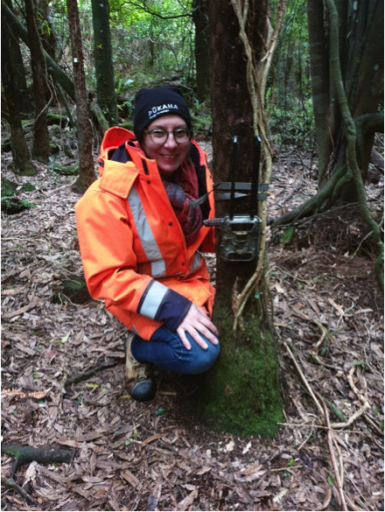
As I have said, often it takes more than one method to really gain some ground. Get good advice and come up with a strategy. Chasing zero folks.
The other thing about traps is that different types will sometimes work better in some areas than others. Why? The main reason is food availability. Given that most of our trap lures are food based, it often comes down to that.
The more food out there, the better your chosen trap will have to be. So, some traps might work OK in some situations, but not in others where there is more competition by other available food. My advice is often to try a certain trap type in a small area first and check its effectiveness. So, do your research and mahi and make sure you check the trap will do what you need it to in the area you will be using it in.
I hope this is helpful. Till next time. Better trapping.
Regards,
John

- nzpredatorhunter (Instagram)
*You are legally required to inspect each trap within 12 hours after sunrise on each day the trap remains set.

